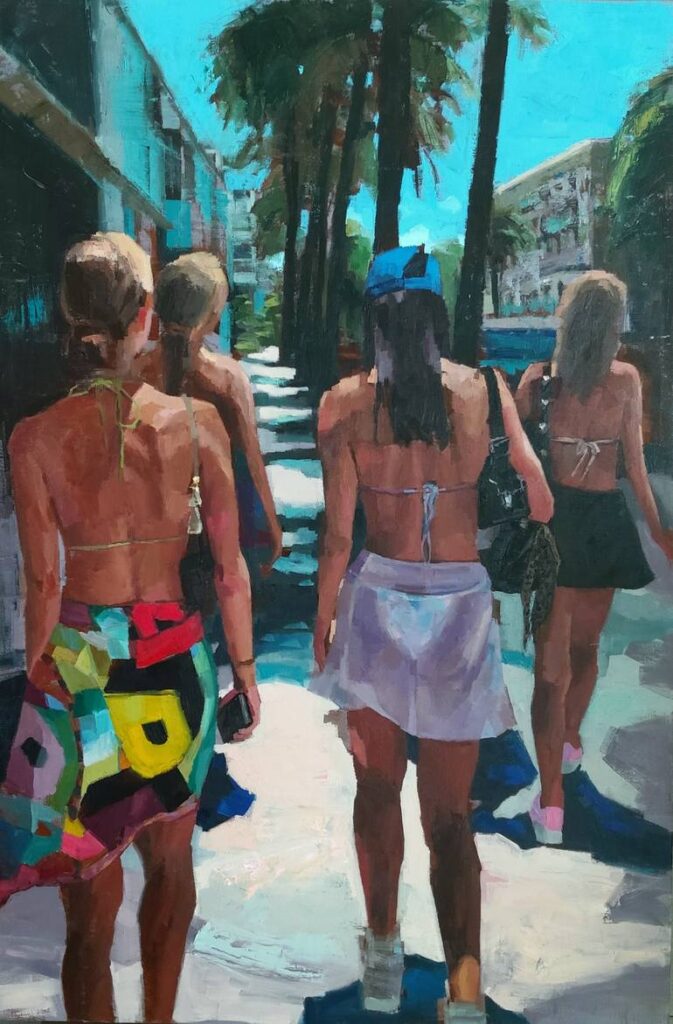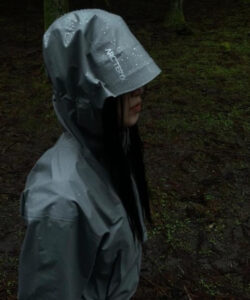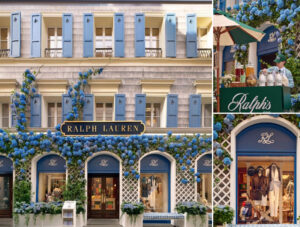
In the realm of visual arts, the transition of seasons has long served as a metaphor for the passage of time, emotional states, and spiritual awakenings. Hunjung Kim, a contemporary South Korean painter, continues this tradition with Summer Is Coming, a luminous and emotionally resonant work of oil on canvas that transforms the simple promise of seasonal change into a vivid and lyrical expression.
Kim, known for her delicate handling of form and an impressionistic approach to color, explores themes of time, identity, and natural beauty. In Summer Is Coming, she summons summer not as a fixed reality but as an encroaching mood—a sensorial invitation wrapped in nostalgia and possibility. The result is a painting that oscillates between figuration and abstraction, between memory and immediacy, between East Asian traditions and Western painterly influences.
The Composition – Between Landscape and Lyrical Abstraction
At first glance, Summer Is Coming presents itself as a landscape, but one with intentionally ambiguous spatial markers. The eye moves across a field of fluid color transitions—warm yellows and dusky oranges blending into vibrant grass greens and soft sky blues. Brushstrokes are evident yet not aggressive, creating a surface texture that resembles the caress of a breeze across foliage or skin.
The foreground appears to contain semi-figurative forms: perhaps tall grasses, wildflowers, or a child’s outline caught mid-motion. The background melts into an ambient suggestion of sky—an expanse that is not entirely blue but tinged with violet, as if the day is shifting forward, leaning into twilight.
There is no strict perspective. This is not a Cartesian grid but rather a floating field of feeling. Kim’s refusal to anchor the viewer in hard outlines or strict spatial divisions makes the piece feel dreamlike—anchored in neither past nor present, but suspended in a threshold between the two.
The Emotional Palette – Summer as Sensory Memory
The title, Summer Is Coming, immediately places the work within a narrative of anticipation. It’s not a depiction of summer in full bloom, but a meditation on the becoming of the season. Summer here is an emotional frequency—evoked through warmth of color, density of atmosphere, and fluidity of form.
This approach echoes the Japanese aesthetic concept of mono no aware, a bittersweet awareness of the ephemeral nature of things. While that idea originates in Japanese philosophy, it resonates deeply within Korean visual traditions as well, particularly the notion of han—a culturally complex emotion combining sorrow, longing, and resilience.
In this painting, the colors act as emotional surrogates. The oranges and pinks evoke childhood heat and ice cream sunsets; the emerald tones remind us of grass stains and open fields; the blues speak of distance and longing, as if looking at the sky and wondering where one belongs.
Kim’s palette functions as emotional architecture, constructing not a place but a feeling-place—a psychic terrain where memory and desire intersect.
Technique and Medium – Oil as Emotional Agent
Oil on canvas remains a medium of choice for artists who wish to layer meaning as much as material. In Kim’s hands, oil is not simply pigment but atmosphere. Her technique, which involves multiple thin glazes and a wet-on-wet blending process, creates a sense of translucency and breathability. Unlike digital works or acrylics that dry quickly and often flatten color, oil retains a sense of temporality—it takes time to settle, to live.
One of Kim’s strengths is how she uses the medium to create chromatic movement. Shadows aren’t just black or gray—they’re infused with purples and blues. Highlights aren’t white—they’re pale lemon, or a fleeting apricot that dissolves under the gaze.
The tactile texture of the brushwork varies across the canvas. In places, the paint is feathered so lightly it almost vanishes; elsewhere, it thickens just enough to form ridges of physical presence. This textural diversity invites viewers to lean in—to scrutinize and interpret surface as symbol.
Context – Korean Painting in a Globalized Art World
Hunjung Kim stands at an important crossroads in contemporary art. South Korean painters are increasingly celebrated on the international stage, with a new generation of artists blending traditional techniques with modern subjectivity. Kim’s work embodies this hybrid fluency.
Historically, Korean art emphasized ink painting, calligraphy, and monochromatic aesthetics grounded in Buddhism and Confucian philosophy. Kim, though educated in a more globalized, post-modern idiom, still honors these roots. Her restraint, her reverence for negative space, and her compositional quietude recall traditional sansuhwa (Korean landscape painting), yet she communicates in a language recognizable to viewers acquainted with Rothko, Richter, or Hockney.
In Summer Is Coming, Kim is not only painting a season. She is mapping a cultural identity—one that is both local and diasporic, ancient and forward-looking. Her landscape is both Korea’s and the world’s; her summer is both specific and universal.
Literary Echoes – Painting as Poem
There is an undeniable lyricism to Kim’s work. Summer Is Coming reads like a visual haiku—restrained, evocative, open-ended. The title itself carries the structure of a poem: brief, declarative, emotionally resonant.
Literature and painting have always danced together in Korea. From classical sijo poetry to modern lyrical prose, Korean writers have long drawn upon seasonal changes as emotional anchors. Kim’s painting participates in this tradition by functioning as a poetic metaphor.
In fact, it’s easy to imagine Summer Is Coming paired with the closing lines of Rainer Maria Rilke’s “Letters to a Young Poet”:
“And the point is, to live everything. Live the questions now. Perhaps then you will gradually, without noticing it, live along some distant day into the answer.”
Kim’s painting lives the question of summer—not as a meteorological inevitability, but as a soulful emergence.
Viewer Engagement – A Scene that Lives in You
Perhaps the most remarkable aspect of Summer Is Coming is its open-endedness. Unlike didactic or hyperrealist art, which often leaves little room for viewer interpretation, Kim’s work invites completion through memory. We see not just her summer, but ours. Childhood games. Secret kisses. The smell of cut grass. The feeling of being on the verge of something—not yet arrived, but already stirring.
This is art that lives beyond its frame. It continues in us.
An Aesthetic of Becoming
Summer Is Coming is a painting that resists summary. It hums, breathes, and waits. It doesn’t shout but whispers with urgency. Hunjung Kim, through her mastery of color, tone, and cultural nuance, has created a piece that speaks to both the intimate and the infinite.
In an art world too often dominated by spectacle and shock, Kim’s work reminds us of the quiet revolutions that can happen in stillness. Of how a single canvas, carefully painted, can contain whole summers, whole childhoods, whole universes of longing and becoming.
As summer approaches, we do not merely witness its coming—we remember, we yearn, and in Kim’s hands, we are transformed.
No comments yet.








